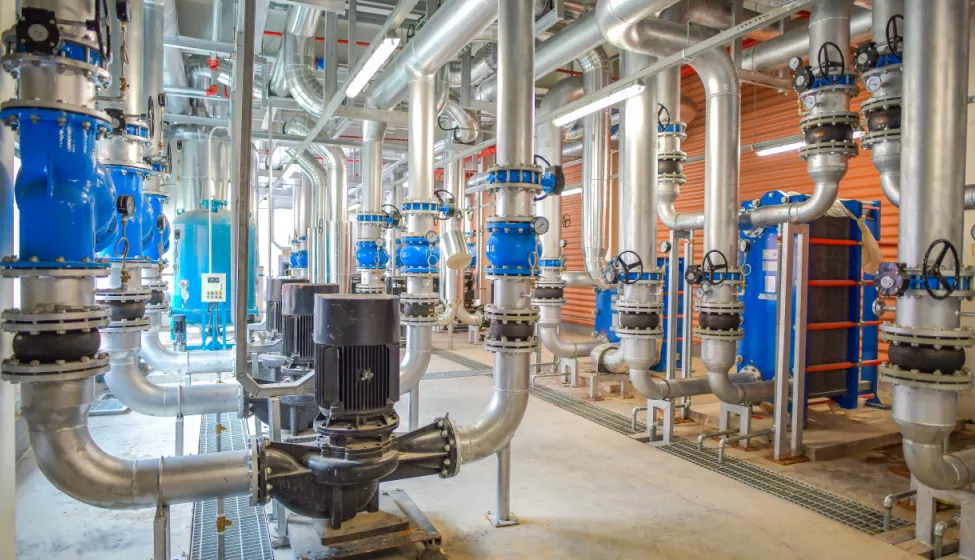March 18, 2021
Resuming plant operations after shutdowns due to COVID-19 can present unexpected challenges. Unlike relatively short-term disruptions, the current prolonged shutdowns at many facilities may have widespread implications for restart.
In a process plant setting, disruptions to routine inspection and preventive maintenance activities, intermittent operations under atypical and potentially sub-optimal conditions, curtailment of capital-intensive upgrades, and staffing restrictions or unusual staff turnover might introduce new risks that were not anticipated in the initial risk studies or in the development of operations and maintenance programs. Risks that emerge from atypical operations can contribute to failures that compromise plant availability and personnel safety, just when operations might otherwise be ramping up or stabilizing.
To address emergent uncertainties, plant managers can proactively consider potential new risks and preemptively ruggedize operations before restarting after a prolonged shutdown.
Potential Risks Associated with Atypical Operations: Accelerated Degradation of Components
Mechanical components used in process plants, such as valves, are sized for fluid media, flow rates, pressures, temperatures, and durations of operation typical for normally expected modes of operation.
For plants governed by the Occupational Safety and Health Administration's Process Safety Management standard, a first-round risk ranking is performed early in the lifecycle to identify risks and safeguard against failures. Subject matter experts rely on foundational information — such as test data, scientific principles, and reasonable assumptions based on their domain knowledge — to assess whether existing safeguards reduce the risks of catastrophic loss to acceptable levels. These safeguards often include in-service inspection and maintenance regimens performed at frequencies often based on historical wear rates or vendor recommendations.
Deviations in operating conditions or operating durations during a pandemic-related shutdown or following restart or ramp-up might introduce new hazards, increase the severity or likelihood of consequences of a failure, or invalidate key assumptions regarding critical safety or system availability related components.
For example, non-standard operation during or following shutdowns might expose valves to detrimental conditions more frequently, including higher or lower flow rates and pressures, increased thermal cycling, higher vibration levels during transients, increased stretches of time in between actuation, and increased cavitation levels, among others.
Additionally, non-standard operation has the potential to introduce particulates and air gaps in stagnant lines. Similarly, self-actuated check valves can be subjected to increased levels of seat chatter, which can result in wear at hinges or fatigue of tack welds and cotter pins used to secure fasteners and self-loosening. Settlement of particulates can clog narrow passages in valves such as pressure equalizing conduits. If these failures cascade as they breach multiple layers of protection, a plant may experience a catastrophic loss.
Approaches to Assess Safety and Operations of Critical Valves
Plant owners and operators could improve their efforts to disrupt cascading failures by verifying the functionality, suitability, and applicability of existing safeguards.
Below are some examples for valve populations:
- Examining changes in operations during and following shutdowns and assessing their potential impacts on systems.
- Identifying valves critical to personnel safety and plant availability in potentially impacted systems, especially those that may have been designated as safeguards that either prevent process deviations or mitigate their consequences.
- Grouping of valves by type, application, and size; inspecting or testing one valve with the most severe service as a sample of the group; and expanding the population of valves examined based on findings.
- Identifying, tracking, and trending leading indicators of incipient failure conditions such as excessive chattering, internal or external leaks, and sticking, among others.
It is important to recognize that the increased need for monitoring the condition of valves and other plant equipment might coincide with a demand to shrink operations and maintenance budgets.
However, this apparent conflict presents an opportunity to proactively safeguard business operations by anticipating risks of known and unknown hazards not originally addressed by existing processes and procedures. The incremental costs of performing such an assessment can be relatively insignificant compared to the costs of business interruptions, process disruptions, or preventable mishaps.
How Exponent Can Help
Exponent offers decades of multidisciplinary experience in failure analyses that spans numerous industries and applications. By applying expertise in engineering, health and environmental sciences, and regulatory requirements, we can help plants evaluate systems vulnerable to atypical conditions and develop customized strategies to address them.

